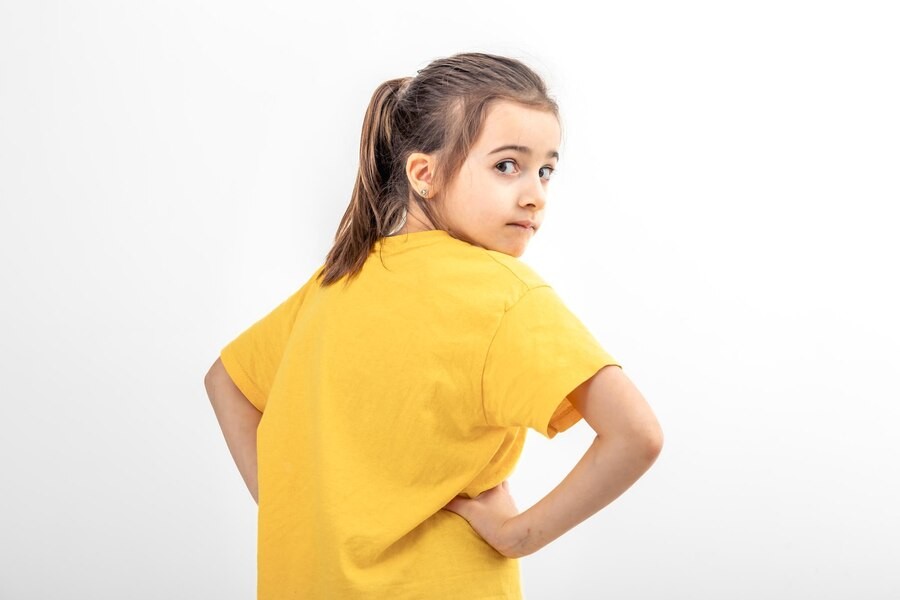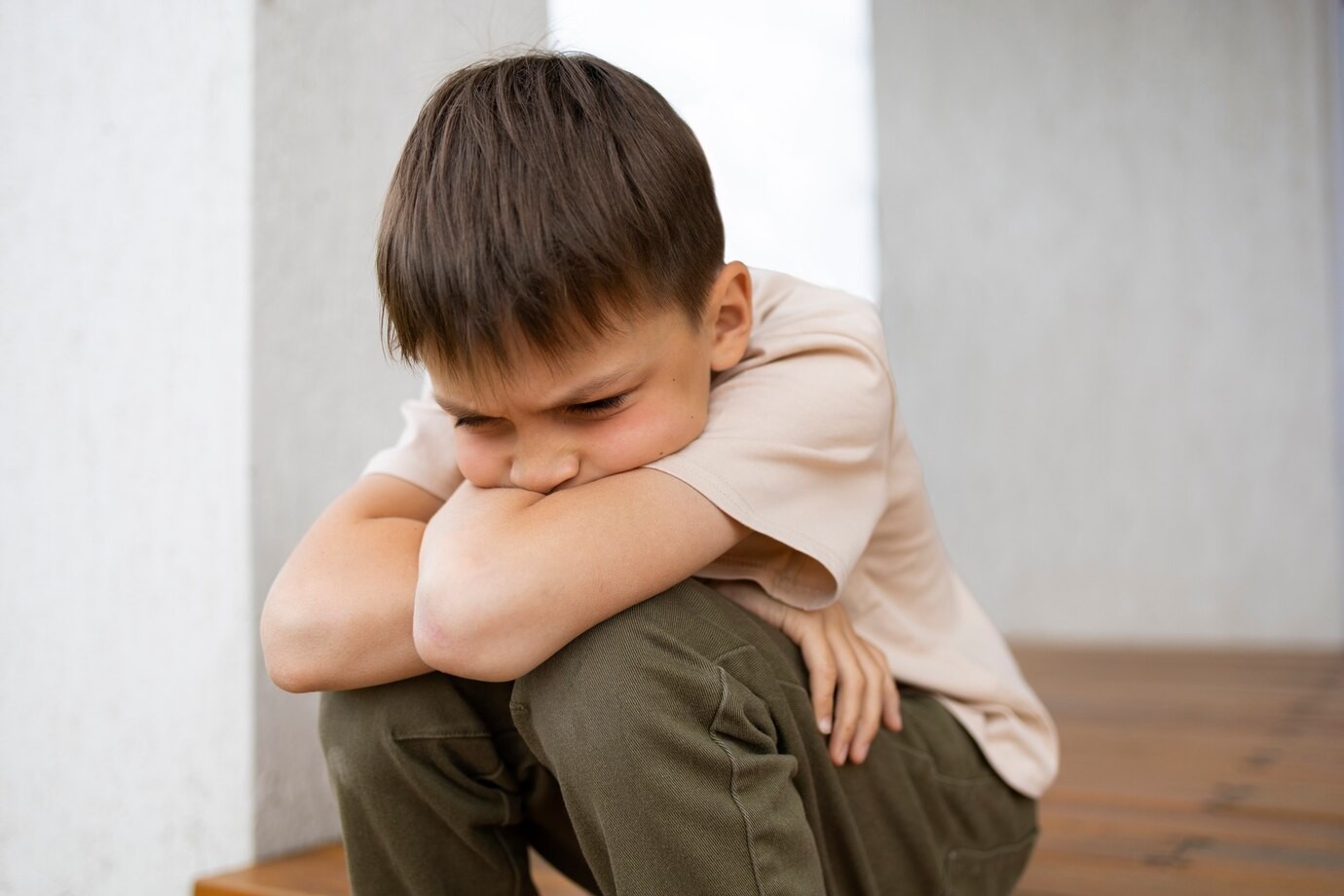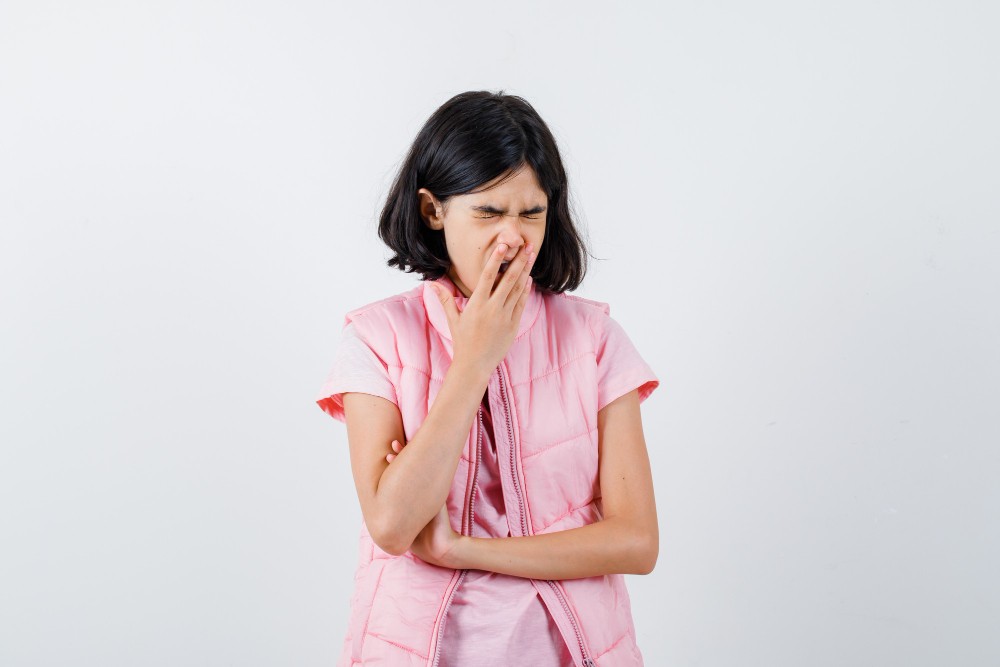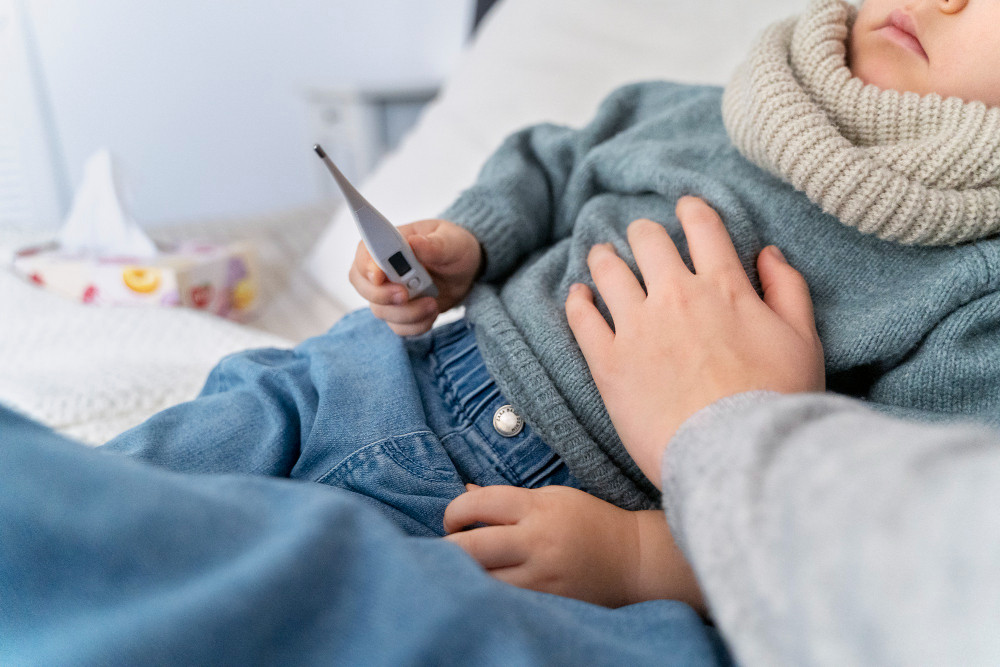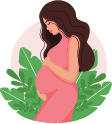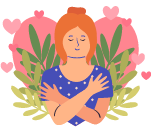Maintaining good posture is essential for children's health, especially during their growth phase. Unfortunately, habits like sitting incorrectly or carrying an overly heavy backpack can lead to spine-related issues, one of which is lordosis.
Identifying and addressing lordosis early helps kids maintain proper posture and reduces the risk of developing back pain in the future.
What is Lordosis?
Lordosis is a condition where the lower part of the spine (lumbar region) curves inward more than it should. The human spine naturally has gentle curves that help support posture and movement. However, when the inward curve becomes too pronounced, it can disrupt posture, cause back discomfort, and make daily activities more difficult.
Causes of Lordosis in Children
Children may develop lordosis due to congenital or developmental reasons. Some are born with spinal irregularities that result in an exaggerated curve.
Aside from that, several other factors can trigger lordosis in children, such as:
- Poor body mechanics, like slouching or standing incorrectly, which can worsen the spinal curve.
- Underlying medical conditions, such as neuromuscular issues or skeletal disorders.
- Muscle imbalances or abnormalities around the waist area.
- Being overweight, which places extra stress on the lower spine.
- Injuries from physical activities, accidents, or falls.
- Backpacks that are too heavy and strain the back.
Signs of Lordosis in Children
Symptoms of lordosis may vary from child to child, and can differ depending on whether other spinal conditions are also present. Here are some common signs to watch for:
- An overly arched lower spine.
- Protruding buttocks due to the curvature of the back.
- A visible space between the lower back and a flat surface when lying down.
- Lower back pain, especially after physical movement or certain postures.
- Limited range of motion or stiffness when trying to bend or twist the body.
How to Prevent Lordosis in Children
Many children with lordosis don’t experience significant pain. However, because this condition can affect long-term posture and potentially cause back problems, prevention is key. Try these steps:
- Encourage correct posture.
- Teach kids to sit upright with their shoulders relaxed to avoid spinal strain.
- Ensure chairs and desks are properly matched to the child's height.
- Promote regular physical activity.
- Limit extended sitting or slouching while using devices or studying.
- Help children maintain a healthy weight, as excess weight increases pressure on the lower back and can worsen spinal curvature.
- Support a nutritious diet and active lifestyle to promote healthy development.
With the right habits, like maintaining posture, staying active, and living a healthy lifestyle—children can build strong spinal health and avoid conditions like lordosis. If you notice signs of spinal irregularities, consult a doctor promptly or use the consultation feature in the Ai Care app, available on the App Store and Play Store.
Looking for more information about other diseases? Click here!
- dr Nadia Opmalina
Cleveland Clinic (2022). Lordosis (Swayback). Available from: https://my.clevelandclinic.org/health/diseases/23908-lordosis
Nation Wide Children. Lordosis. Available from: https://www.nationwidechildrens.org/conditions/lordosis
Stanford Medicine. Lordosis in Children. Available from: https://www.stanfordchildrens.org/en/topic/default?id=lordosis-in-children-90-P02769
Boston Children Hospital. Lordosis. Available from: https://www.childrenshospital.org/conditions/lordosis
Razie Toghroli, et all (2021). Backpack improper use causes musculoskeletal injuries in adolescents: A systematic review. Available from: https://pmc.ncbi.nlm.nih.gov/articles/PMC8318162/
Charles Patrick Davis, MD, PhD (2023). Lumbar Lordosis (Swayback). Available from: https://www.medicinenet.com/lumbar_lordosis_lower_spine/article.htm


